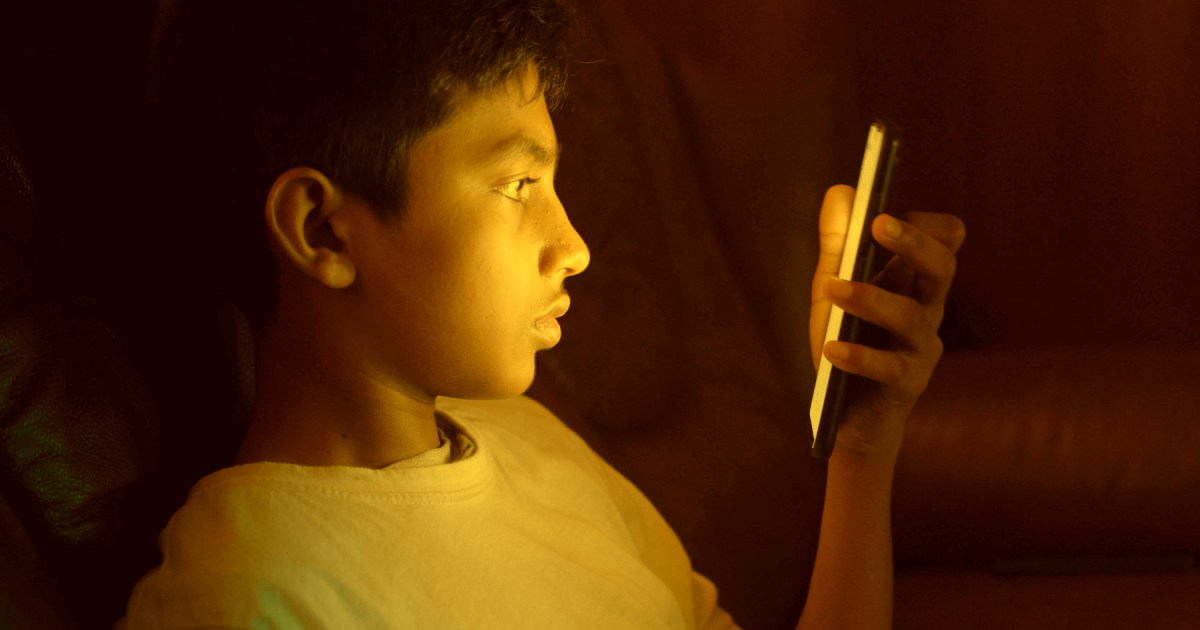TikTok is currently facing a critical legal battle in the U.S. Supreme Court, potentially leading to a nationwide ban. While national security and free speech concerns dominate the arguments, a new study reveals a significant vulnerability for the social media giant: widespread underage use. Research from the University of California San Francisco (UCSF) indicates that a majority of children are using TikTok, often violating the platform’s age restrictions, raising concerns about potential harm.
This study, encompassing 10,000 children aged 10-15 across the U.S., examined usage patterns across several social media platforms, including TikTok, Instagram, and Snapchat. The findings highlight TikTok’s immense popularity among children (67.1%), underscoring its potential for negative impact. UCSF pediatrician Dr. Jason Nagata, a lead author of the study, emphasized TikTok’s dominance as the most popular social app among children, raising concerns about its potential to cause harm.
 a person using Tiktok on their phone
a person using Tiktok on their phone
A significant portion of the children surveyed (25%) admitted to frequently thinking about social media, with an equal number claiming these platforms offer an escape from their problems. However, 17% expressed a desire to reduce their social media usage but felt unable to do so, and 11% acknowledged its detrimental effects on their academic performance.
The study, published in Academic Pediatrics, links underage social media use to increased rates of depression, disruptive behavior, and eating disorders in children as young as 11. These findings align with previous research on platforms like Instagram, which has been criticized for exacerbating body image issues among young users. Digital Trend’s investigations have also exposed the presence of drug-related content on Meta-owned platforms. Similarly, Amnesty International has documented TikTok’s tendency to serve harmful mental health content to children.
 Research shows social media negatively impacts on mental health.
Research shows social media negatively impacts on mental health.
Dr. Nagata advocates for a systemic approach to address the social media issue, urging policymakers to implement effective measures to protect children online. He emphasizes that TikTok should be viewed as a broader social media problem, not an isolated case.
The research recommends several key actions: strengthening age verification protocols on platforms like TikTok, providing more robust parental control tools, and enhancing user privacy protections. This multi-pronged approach aims to mitigate the potential risks children face in the digital landscape. These measures are crucial for creating a safer online environment for children.
The study concludes with a call to action for policymakers to address the growing concerns surrounding underage social media use, particularly on platforms like TikTok. It underscores the urgency of developing and implementing effective strategies to safeguard children’s well-being in the digital age.











